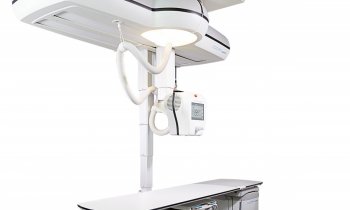Tumour Characterization Using Micro Flow Imaging
Due to echogenicity differences in comparison with the surrounding liver tissue conventional B-mode-imaging sonography permits the unambiguous classification of the frequently occurring typical liver cysts (criteria: round, echo-free, smoothly demarcated, with edge shadows and sound through transmission) and calcifications (highly reflective, acoustic shadows). The detection and characterization of liver tumours, however, continues to be a challenge to imaging, despite technical advances in sonography, computed tomography, and MRI.

This article was first published in the VISIONS, issue 07/2005, a publication of Toshiba Medical Systems
31.07.2007











